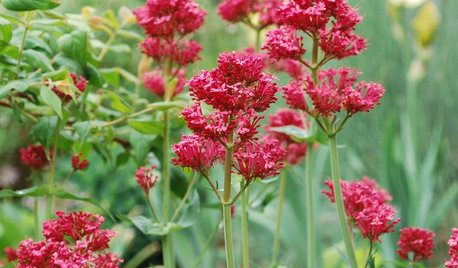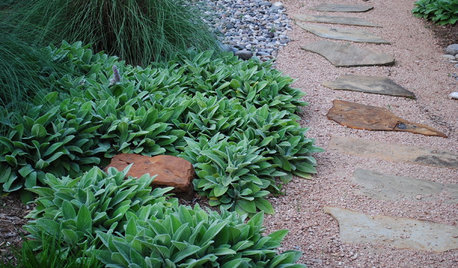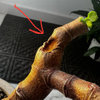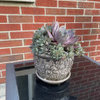Still watering my Lithops
joeb004
18 years ago
Related Stories

GARDENING GUIDESBoxwood: Still Shape-Shifting After 350 Years
Wild or mild, the humble boxwood still brings style and order to all kinds of gardens
Full Story
LANDSCAPE DESIGNSmall Garden? You Can Still Do Bamboo
Forget luck. Having bamboo that thrives on a wee plot just takes planning, picking the right variety, and keeping runners in check
Full Story
KITCHEN COUNTERTOPSKitchen Counters: Granite, Still a Go-to Surface Choice
Every slab of this natural stone is one of a kind — but there are things to watch for while you're admiring its unique beauty
Full Story
SELLING YOUR HOUSESave Money on Home Staging and Still Sell Faster
Spend only where it matters on home staging to keep money in your pocket and buyers lined up
Full Story
FURNITURESeating in the Round: An Old Idea That’s Still Fresh Today
Bring in romance, unexpected style or just great seating for conversations with sofas that turn their back on the straight and narrow
Full Story
GARDENING GUIDES6 Lovely Water-Wise Perennials for High Altitudes
Even if your climate is cold and dry, you can still celebrate spring with these hardy and colorful perennials
Full Story
SAVING WATERLush Gardens With Low Water Needs
Drought tolerant doesn’t have mean spindly, brown and thorny
Full Story
GARDENING GUIDESEssential Watering Tips for Your Edible Garden
To give your edible plants just what they need, check out these guidelines for how, when and how much to water
Full Story
ARCHITECTUREWant to Live by the Water? What You Need to Know
Waterside homes can have amazing charm, but you'll have to weather design restrictions, codes and surveys
Full Story
INSPIRING GARDENSHouzz TV: Curves and Surprises Transform a Dry Backyard
A landscape architect’s decision to build a detached studio leads to a whole new backyard full of low-water plants and salvaged treasures
Full Story










Ohio_Green_Thumb
shrubs_n_bulbs
Related Professionals
Palm Springs Landscape Architects & Landscape Designers · Allentown Landscape Contractors · East Haven Landscape Contractors · North Highlands Landscape Contractors · Shaker Heights Landscape Contractors · Waipahu Landscape Contractors · Annandale General Contractors · Clive General Contractors · Cumberland General Contractors · Tamarac General Contractors · San Marcos Carpenters · Sunset Carpenters · Dorchester Center Decks, Patios & Outdoor Enclosures · Alvin Decks, Patios & Outdoor Enclosures · Redmond Decks, Patios & Outdoor Enclosuresshrubs_n_bulbs
joeb004Original Author
Ohio_Green_Thumb
Denise
shrubs_n_bulbs
Ohio_Green_Thumb
shrubs_n_bulbs
shrubs_n_bulbs
ooojen
Ohio_Green_Thumb
shrubs_n_bulbs
newbhoy
Joelfriday
Ohio_Green_Thumb
shrubs_n_bulbs
Joelfriday
toddinsoutherncal
joeb004Original Author
shrubs_n_bulbs
joeb004Original Author
ian_bc_north
shrubs_n_bulbs
jmc_1987